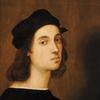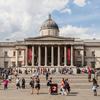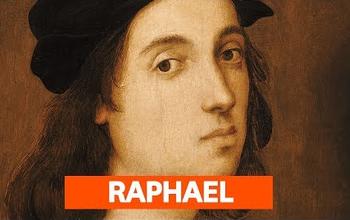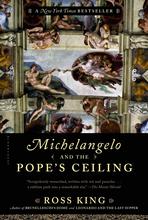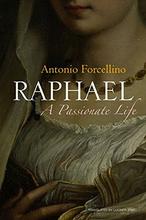More about Pope Julius II
- All
- Info
- Video
- Shop

Contributor
Who commissioned the Sistine Chapel, feuded with Michelangelo, and paid his way to papal stardom?
Pope Julius II, affectionately remembered as the “Fearsome Pope,” was more than just an art patron. Julius acted twice as a war leader, even riding onto the battlefield at the ripe age of sixty-eight. This stunning military prowess may explain the reactions his portrait would draw years after his death. Julius’ stern visage hung at a church, where passersby are rumored to have trembled before his likeness.
Julius himself was lacking in scruples. In his defense, you don’t fight your way to the papacy without making some enemies along the way. Julius may have bribed himself to power, fathered an illegitimate daughter, and fulfilled his post with a bit more violence than was conventional, but his enemies were far more unsavory. But who were the Borgias, nobles so infamous Julius wanted their corpses unearthed and shipped abroad?
Pope Alexander VI, one of Julius’ predecessors, was a Borgia and a gossip-magnet. If the stories are to be believed, the good pope overlooked his family’s massive orgies and allowed fifty courtesans to pleasure his guests at the notorious “Banquet of Chestnuts.” The rumors went beyond sexual deviance; Pope Alexander’s son Cesare was a serial killer who likely offed his own brother. Other victims included his sister Lucrezia’s lover and, later, her second husband— an unfortunate prince who stood in the way of Cesare’s political ambitions. Lucrezia herself was a suspected murderer, and was purported to store her poisons in a hollow ring.
Sleazy archenemies aside, Julius chose well when he contracted Raphael for his portrait. The artist chose an offset angle and pictured the subject with a contemplative, distracted expression, unusual selections for a papal portrait of the era. He took his time with the background, painting over a gaudy tapestry with the green hanging we see today. In 1969, these hidden details were revealed by X-ray. For centuries, historians had wondered which of many Julius II portraits was Raphael’s original, generally implicating a second version in the Uffizi Gallery in Florence. The 1969 discovery established the National Gallery’s version as the mythical original. Don’t we all wish that canvas hanging above the sofa turned out to be a five million pound masterpiece?
Sources
- McNay, Michael. “From the archive, 15 July 1970: Raphael copy revealed to be the original.” The Guardian. July 15, 2013. Accessed February 28, 2018. https://www.theguardian.com/theguardian/2013/jul/15/raphael-pope-julius….
- Dunkerton, Jill and Roy, Ashok. (Nov 2004). “The Altered Background of Raphael’s ‘Portrait of Pope Julius II’ in the National Gallery.” The Burlington Magazine. (November 2004): 757-759. JSTOR 20073750.
- “Portrait of Pope Julius II.” Wikipedia. June 13, 2017. Accessed February 28, 2018. https://en.wikipedia.org/wiki/Portrait_of_Pope_Julius_II.
- “House of Borgia.” Wikipedia. February 10, 2018. Accessed February 28, 2018. https://en.wikipedia.org/wiki/House_of_Borgia.
- “Lucrezia Borgia.” Wikipedia. February 17, 2018. Accessed February 28, 2018. https://en.wikipedia.org/wiki/Lucrezia_Borgia.
- “Pope Julius II.” Wikipedia. February 17, 2018. Accessed February 2018. https://en.wikipedia.org/wiki/Pope_Julius_II.


